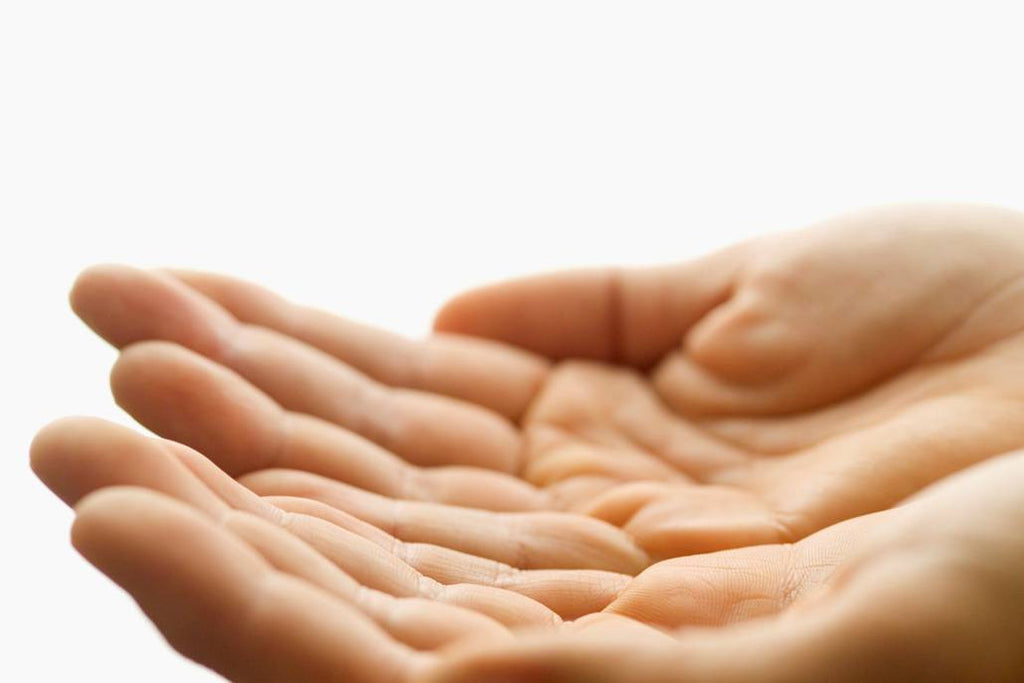Osteopathy has gained more attention in recent years due to the shift in focus to a holistic approach to health. Lemon Water Wellness Clinic now offers Osteopathy Manual therapy treatments as part of its integrative approach to wellness. Although, osteopathy has been around for over a century (founded by Dr. Andrew Taylor Still) and well known in Europe, its practice is relatively new in Canada.
For this reason, the general population is for the most part unclear about what it involves. The purpose of this blog entry is to help provide some insight into what osteopathy is, the philosophy, and other frequently asked questions regarding treatment.
What is it?
Osteopathy (http://osteopathyontario.org) involves gentle hands-on treatment that focuses on removing restrictions and the restoration of movement and function to the entire body in order to restore the body’s natural balance, optimal function, and healing ability. It is unique, in that the practitioners have a deep understanding of the anatomical and physiological interrelationships of the body.
It considers the whole person: body, mind, and spirit with treatment individualized to determine the underlying cause of health concern, not just focusing on symptoms.
Osteopathy Manual Practice utilizes fine-tuning precise palpation to assess and treat in order to restore or maintain health. It involves a silent dialogue between the patient’s tissues (fascia, fluidic, energetic rhythms) and hands of the practitioner. Sensory palpation and a very specific and deliberate motion is applied to the intended tissue.
Key components of Philosophy of Osteopathy:
1) The body has an inherent ability to self-regulate and self repair constantly adapting to maintain its balance. The body needs to be mobile to be able to carry out this function. Osteopathy is based on supporting the natural mechanisms of the body by identifying and helping to remove barriers that would interfere with the body’s expression of health and self-healing ability.
2) The functional unity of the body. This means that one part of the body or one system (circulatory, nervous, visceral (organs), musculoskeletal, emotional) does not act in isolation. The body acts as a unit and there is constant communication between systems to maintain health. If one system or area is in dysfunction this will impact the other areas of the body. The body has an important connector called fascia that essentially unites the body. If you pull on the bottom of your t-shirt you will feel tension at the top and vice versa. The t-shirt can be used as a metaphor for fascia and gives an idea of what can happen within your body.
3) The structure of the body affects its function. When an area of the body is not moving well it will disrupt the function of not only that local area but also may disrupt global health and function of the individual.
4) The movement of fluids is essential to health- this refers to the importance of maintaining a free pathway for all fluids of the body-lymph, arterial, venous return. If one area of the body is not mobile it can compromise the movement of this fluid flow that ultimately disrupts the health of the person. Supporting a clear pathway for neurovascular flow is a key part of osteopathic practice.
Some of the osteopathic treatment techniques that may utilized when appropriate include:
- Cranial sacral therapy
- Muscle energy
- Gentle spinal and joint mobilizations
- Myofascial/soft tissue techniques
- Counterstrain technique
Examples of conditions (not limited to) that osteopathy assists in treating:
- Sports injuries
- Chronic pain
- Asthma
- Sinusitis
- Back pain
- Neck pain
- Sciatica/SI joint pain
- Urinary Incontinence
- Headaches
- Migraines
- Insomnia/sleep difficulties
- TMJ/jaw pain
- Digestive problems-Irritable bowel/constipation/bloating
- Anxiety/Stress
- Post Concussion Syndrome
Frequently Asked Questions:
What should I wear to my osteopathy appointments?
Loose, lightweight clothing is recommended during treatments. To evaluate your skin/spine a sports bra/bra/tank top is helpful for women.
What can I expect during my osteopathy initial appointment?
- Health history: We will discuss your current health symptoms as well as your lifestyle and past medical history. To identify the underlying cause of your health symptoms and rule out serious pathology, it is important to have a thorough understanding of your health history. The body has to adapt to physical stresses, injuries, traumas, and emotional stresses that we experience throughout our lifetime. Your current pain/discomfort may be a sign of the body’s difficult adapting further.
- Observation of Posture and Gait
- Hands-on assessment: A physical assessment will be conducted to help determine primary problem areas. A hands on assessment through palpation and gentle mobility testing of various body structures to evaluate joint biomechanics, tissue restrictions, tone and mobility. Functional strength and range of motion testing may be used as well.
- Upon completion of the assessment, I will discuss the treatment plan with you with recommendations
- Referral to medical doctor (eg. blood work, x-rays) if there is any indication from your symptoms/assessment that further testing is needed prior to osteopathic treatment.
- Initial treatment-hands on evaluation and prioritize what areas to treatment first. Areas that get treated first may not be where you are experiencing symptoms. This is because, osteopathy works on underlying strain patterns to ultimately help your body balance itself. There is a trickle down effect as the body balances itself.
What to expect on follow up treatments?
Each treatment session, the practitioner re-assesses areas and evaluates how the body has adapted to previous treatment. As an Athletic Therapist, Lindsay also has expertise in therapeutic exercise and functional movement. This may be incorporated into treatment when appropriate.
- Review of changes in medical history/symptoms
- Quick re-assessment active testing and hands on assessment
- Treatment including local, regional, global integration
Is the treatment passive?
No from the patient’s perspective or from an observer it may appear passive but it is quite the opposite. The Osteopathic Manual Practitioner acts as a facilitator for your body to balance itself. This is why it is important to not sleep during the sessions. You may be asked during treatment to focus on breathing, do active movements, or bring your awareness and presence on tissue tension changes. There is a “silent dialogue” between the osteopathic manual practitioners hands and patients tissues during treatment. Because of this there are times when it is best to not speak during treatment.
What to expect immediately after treatment?
24-72 hours post-treatment is the body’s integration period. During this time, it is common to feel more soreness, fatigue, muscle tension, headaches. Sometimes people experience a temporary exacerbation of symptoms. The body is integrating the treatment and changes during this time. It is important during this time to keep activity light and hydrated to help with integration.
It is also recommended you refrain from other treatment modalities during this integration period (eg. massage, physiotherapy, chiropractic treatment)
Follow up appointments are not scheduled before 1 week following treatment to allow the body to integrate.
How many treatments do I need?
The goal of osteopathy is to help facilitate the innate healing ability of the body. Osteopathy is not symptom or condition focused rather it involves treatment of the whole person to help restore natural balance. Because of this, individuals often do not experience significant changes until after 4-5 sessions while longer standing problems often require more treatment. However, some people do notice changes in 2-3 sessions. The longer you have been experiencing a problem, the longer it may take to resolve. Ultimately, it is individual and so the osteopathic manual practitioner will provide an idea of number of treatments, timing and re-assess along the way.
Why are you treating my neck when I have back pain? Why are you treating an area where my pain isn’t located?
Osteopathy is based on the interconnections of the body. Often due to these interconnections where you have pain isn’t the primary area that needs to be treated.
Should I book appointments with osteopathic manual practitioner when I don’t have any current injuries, health concerns or my symptoms resolve?
Yes. The focus of osteopathic treatment is to help facilitate the natural self-healing mechanisms of the body. Booking preventative check-in treatments can help to keep body in balance and maintain wellness similar to booking regular cleaning visits with your dentist.
Insurance Coverage
Osteopathic treatment fees are eligible for coverage under most extended health benefit plans. My professional designation is D.O.M.P. (Diploma in Osteopathic Manual Practice) from the Canadian College of Osteopathy and I am a member in good standing of the OAO (Ontario Association of Osteopathic Manual Practitioners). These are the credentials required for coverage by most plans in Ontario.
Stay tuned for future blog entries on osteopathy perspective on health concerns.
|
Practitioner |





